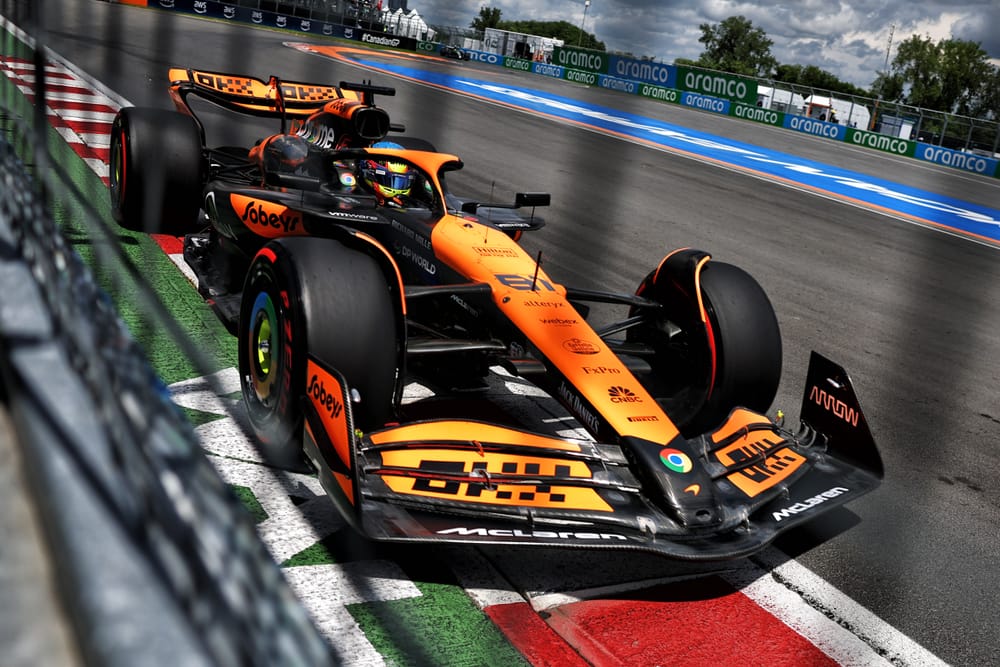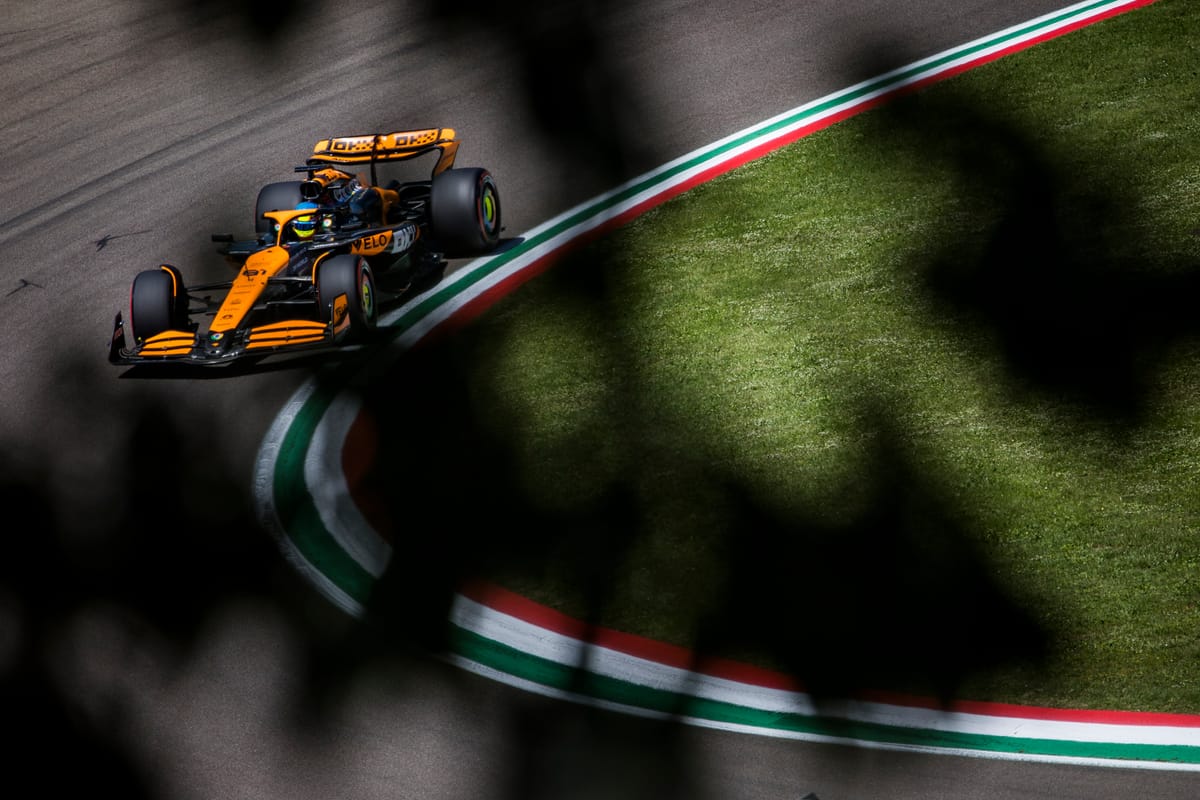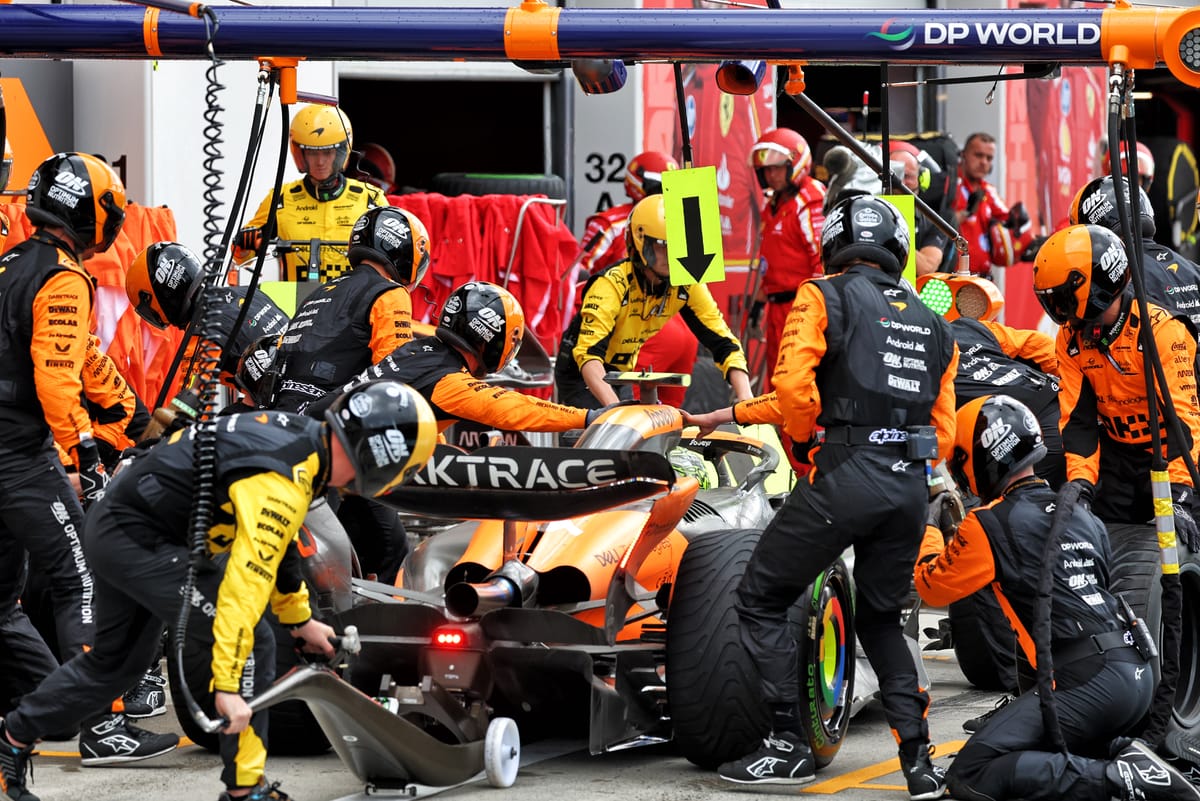Up Next

There is a part of McLaren’s surge since its first major car development of the 2024 Formula 1 season that seemed something of a mystery to the team when it was first realised and may still be in the process of being fully understood.
It became clear, in the first couple of races with its raft of car updates introduced in Miami at the start of May, that McLaren was surprised by its own speed, specifically with regards to progress in how much more confident the drivers had become.
Essentially, there was a bigger step not just because the car was quicker but because the drivers were able to get more out of it, more comfortably. At the Emilia Romagna Grand Prix at Imola two weeks after the Miami win, team boss Andrea Stella referred to these kinds of gains as the “intangibles” of an upgrade.
Then came evidence in Monaco a week later of a clearer slow-speed corner improvement that was more than just such intangibles, and an admission from Stella that McLaren’s car wasn’t just better to drive but was also just faster at low speed than before.
The implication was that more rapid progress had been made in McLaren's long-term objective of dialling out its struggles in slower, long-duration turns. That seemed to be corroborated last time out in Canada, another race dominated by such corners.
This does not mean McLaren’s suddenly achieved a year’s worth of development with one upgrade. But it marks a significant step in its trajectory – as long as it fully understands why the car is now performing this way. And this remained a mystery to begin with.
Oscar Piastri had claimed at Imola that the low-speed performance “is a lot stronger than it has been” and “we can understand the majority of why that is”. But in Monaco, Stella openly admitted that “we didn't think that we actually adapted our car so much to be this [much] more competitive at low speed" and McLaren needed to grasp how this had happened.
When The Race asked if this was connected to the intangibles he had previously spoken about, Stella said that was more about overall performance - and confirmed the slow-speed step remained “a bit of an open point”.
“We don’t want to jump to conclusions too early,” he said.
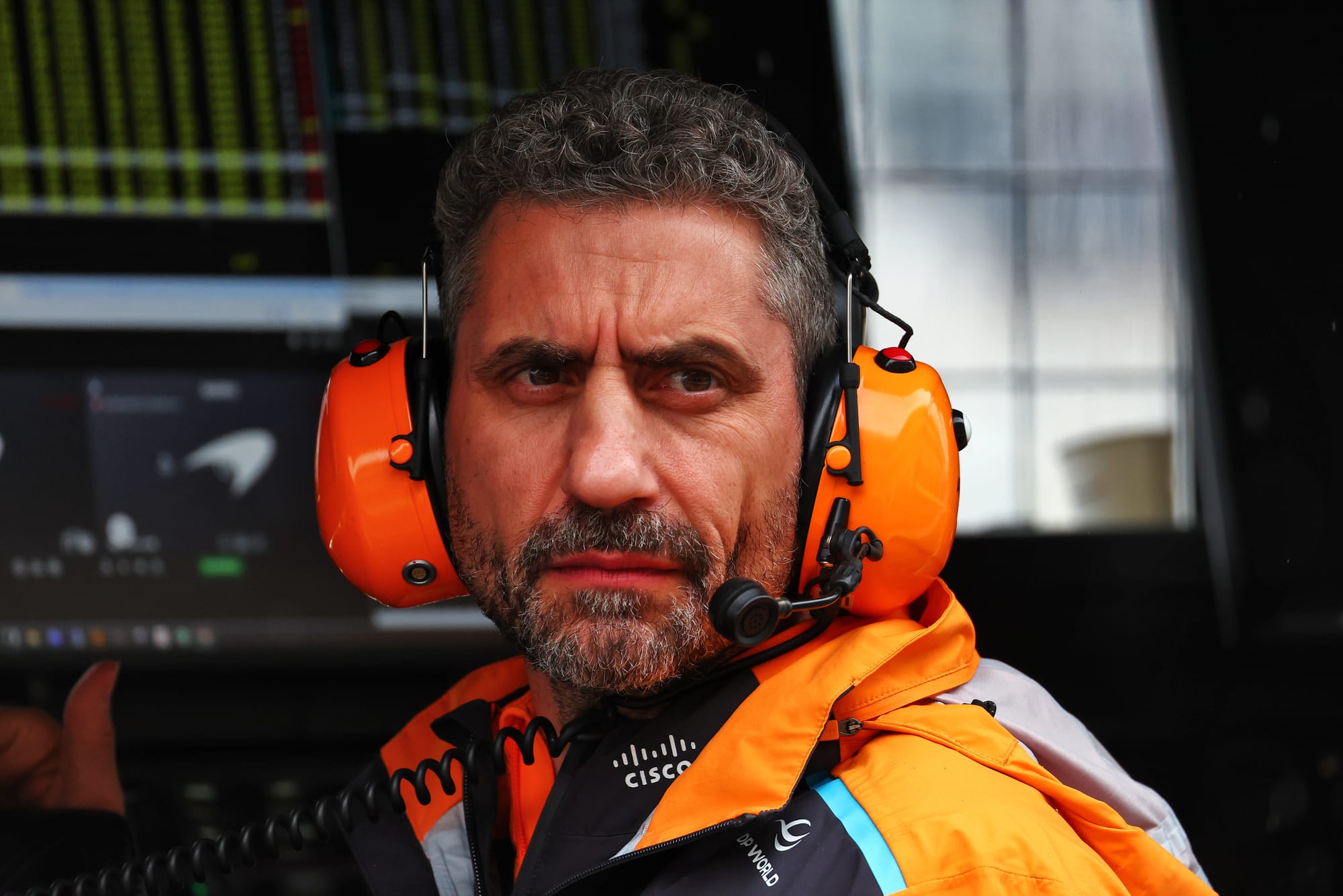
“Because it’s pretty fundamental that we derive the most precise answer to this question, because it could be a big opportunity for further development.
“We need to understand exactly why the car now is competitive in low speed.”
This was emphatic that, as of Monaco, McLaren did not have all the answers. By the Canadian Grand Prix two weeks later, where the McLaren was a little weaker in the slow speed first sector than its rivals in qualifying but was quickest of all there in the race, Stella sounded more convinced.
He still hinted that it was something not 100% accounted for when he said on Friday in Montreal that it is “something that we need to understand very accurately so that we have the right information to further develop in this direction because it seems to be very profitable for laptime”.
But we may interpret this to be the slightly more cautious public position of a team boss who was reflecting the evolution of McLaren's understanding almost as-it-happened.
After qualifying in Canada, Stella had the air of someone whose team did have some tangible answers but was in no mood to share them. In his words: “In terms of the reasons, I'm not going to disclose them, but I think that the pattern [of improved low-speed performance] is starting to become clear.”
Asked by The Race about the importance of that understanding and how it feeds into future development, though, Stella said: “Yeah, I think that's the case.
"We are starting to understand that some of the things we were working on kind of unlocked some of the important behaviours of the car which become relevant for low-speed corners.
“But it starts to be some of that information you don't necessarily want to share because we don't want competitors to look into that.
“For us internally, it's important that some of the work we have done over the previous month seems to have delivered. Because we are not at the end of the road in terms of this line of development, there's a few more things we can do.
“And that's what we are concentrating on for further updates this season and obviously for the 2025 car.”
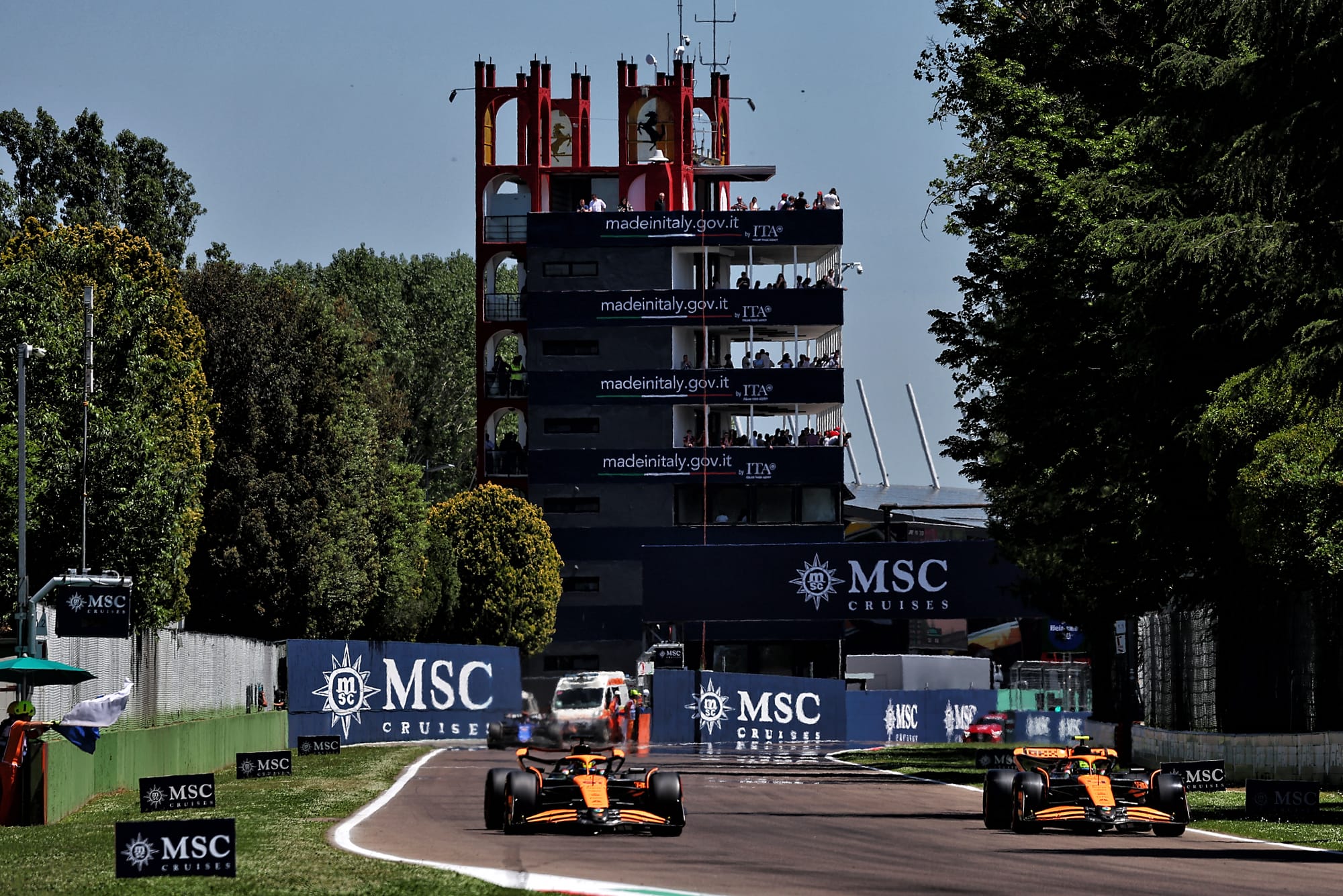
Perhaps now the mystery shifts from being an internal one to an external one. Under Stella, McLaren has been very open about missed targets, development objectives, and the areas of focus. From a media and fan perspective, this has been most welcome. From a team perspective, though, sometimes the cards need to be played closer to the chest.
That is maybe what Stella’s choosing to do, which probably reflects the importance of what McLaren is trying (and has already started) to achieve in a very specific area of development.
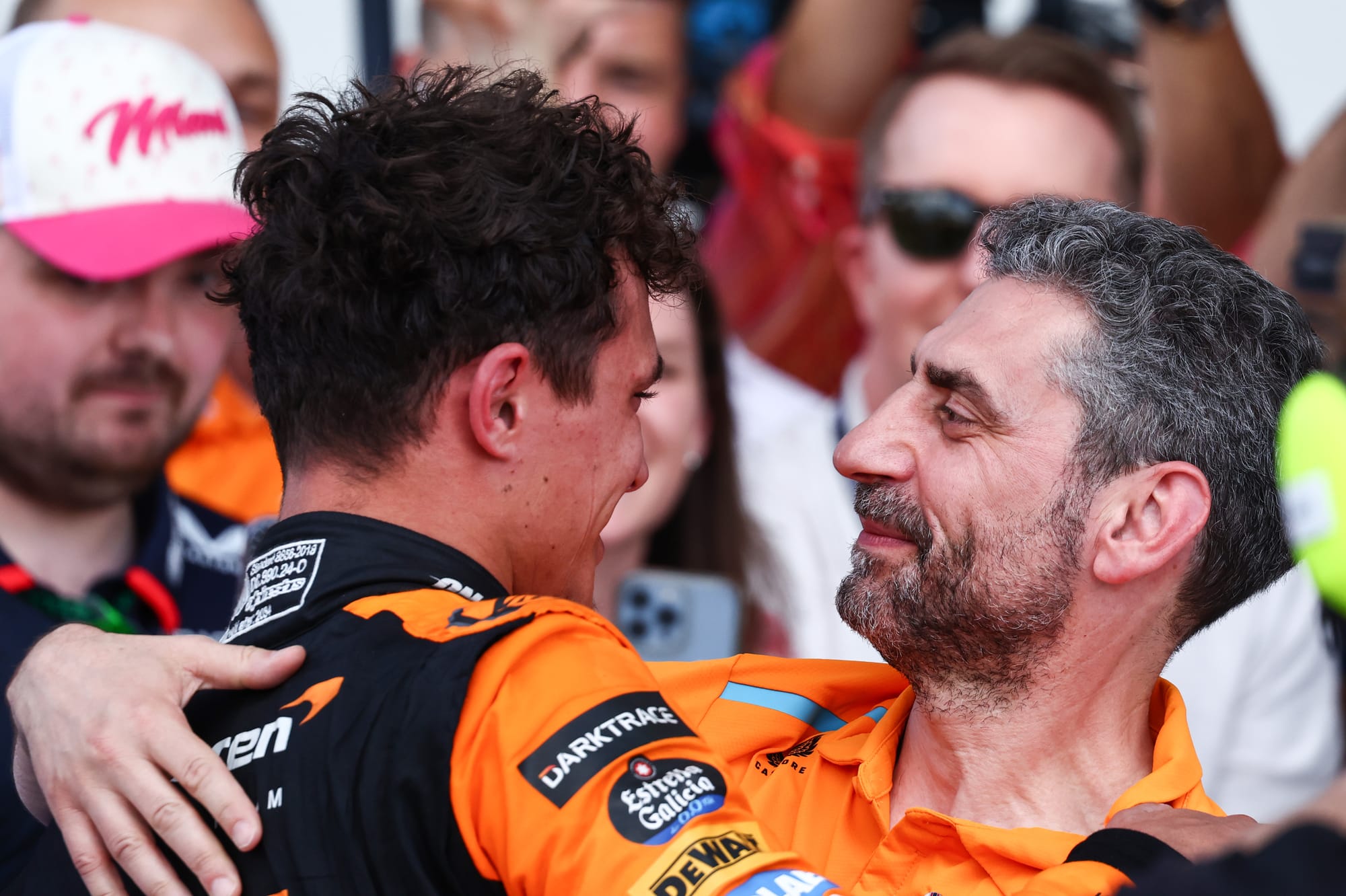
The proof will be in where McLaren’s car performance goes from here, because it is now showing how prolific it can be adding downforce to its car in all conditions – low-speed, high-speed, and different corner profiles.
It has emphatically delivered on a pre-season promise that its 2024 development work was showing a similar trend to last year – quite the claim given how those 2023 upgrades transformed its season.
As soon as McLaren introduced its first major upgrade of the season, Lando Norris scored his first win in F1. It was slightly by coincidence. That package didn’t suddenly transform the MCL38 into the best car in F1 as circumstances played more than a small role in deciding that grand prix. But it played a role and it was a grand symbol of that promised progress.
Norris followed that up by chasing down Max Verstappen to almost win the next race at Imola, Piastri finished on the podium in Monaco, and Norris could/should have won in Canada. Four races, four podiums, one win and a couple more near-misses – more points than any other team in that period, too.
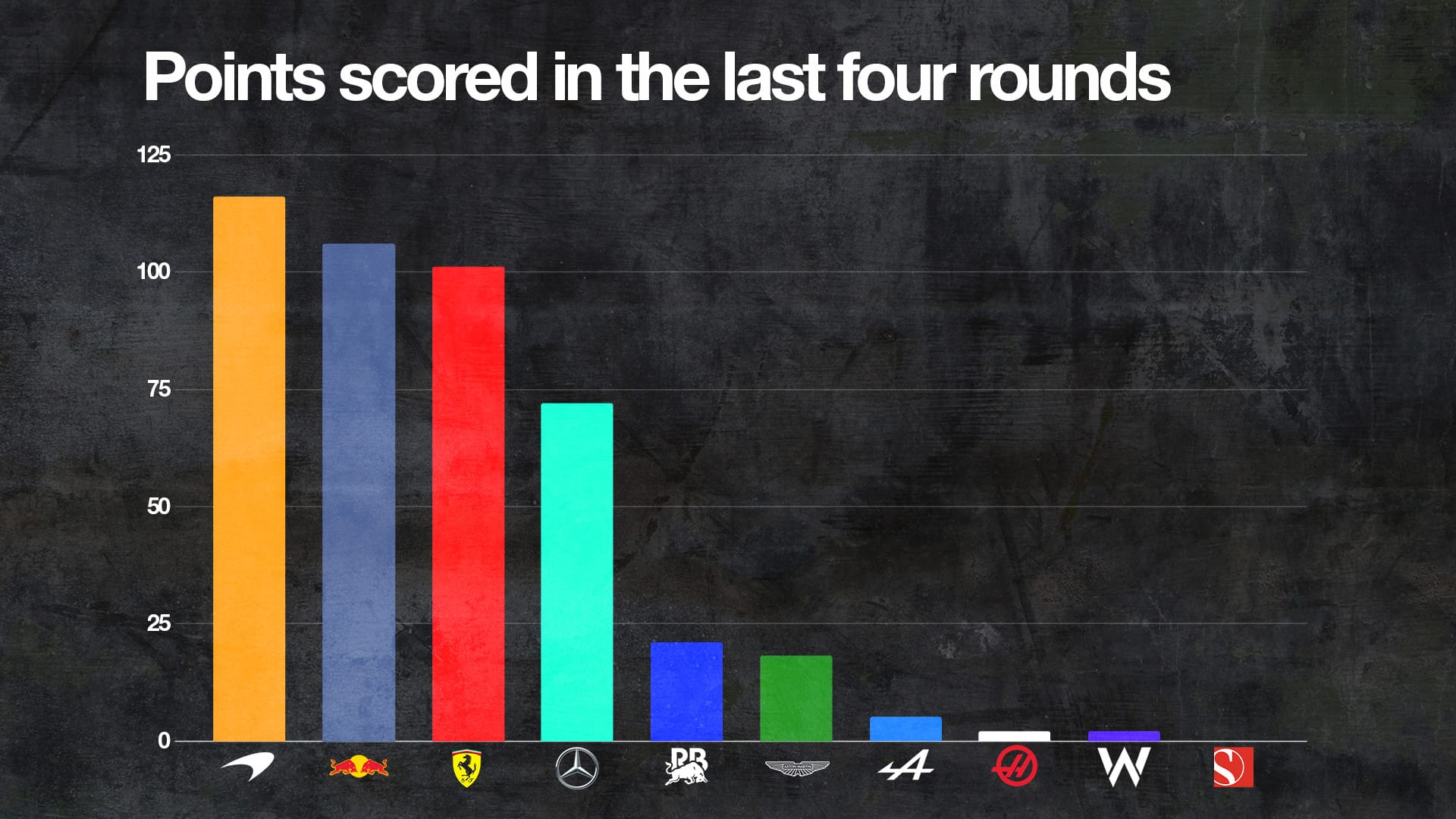
The impact of the upgrade is beyond dispute. It has lifted McLaren’s ceiling and its floor in terms of performance. Even a very simple comparison of its qualifying and race results before and since Miami shows that. McLaren’s average grid position across both cars was 5.2 before Miami, cut to 3.9 now. It’s a similar gain for race finishing positions, 5.6 to 4.1.
THE IMPACT OF McLAREN'S UPGRADE
Pre-Miami | Miami onwards | |
Average grid | 5.2 | 3.9 |
Average result | 5.6 | 4.1 |
Pace deficit | +0.521% | +0.278 |
But, Stella admits, it is still not an out-and-out Red Bull beater.
It’s a close enough rival to be targeting regular podiums and snipe for victories in the right circumstances. But on pure pace – using the fastest lap from a weekend expressed as a percentage of the absolute fastest – McLaren’s deficit has gone from 0.521% to 0.278%, or around four tenths to two tenths. Which is impressive, but still reflects a deficit.
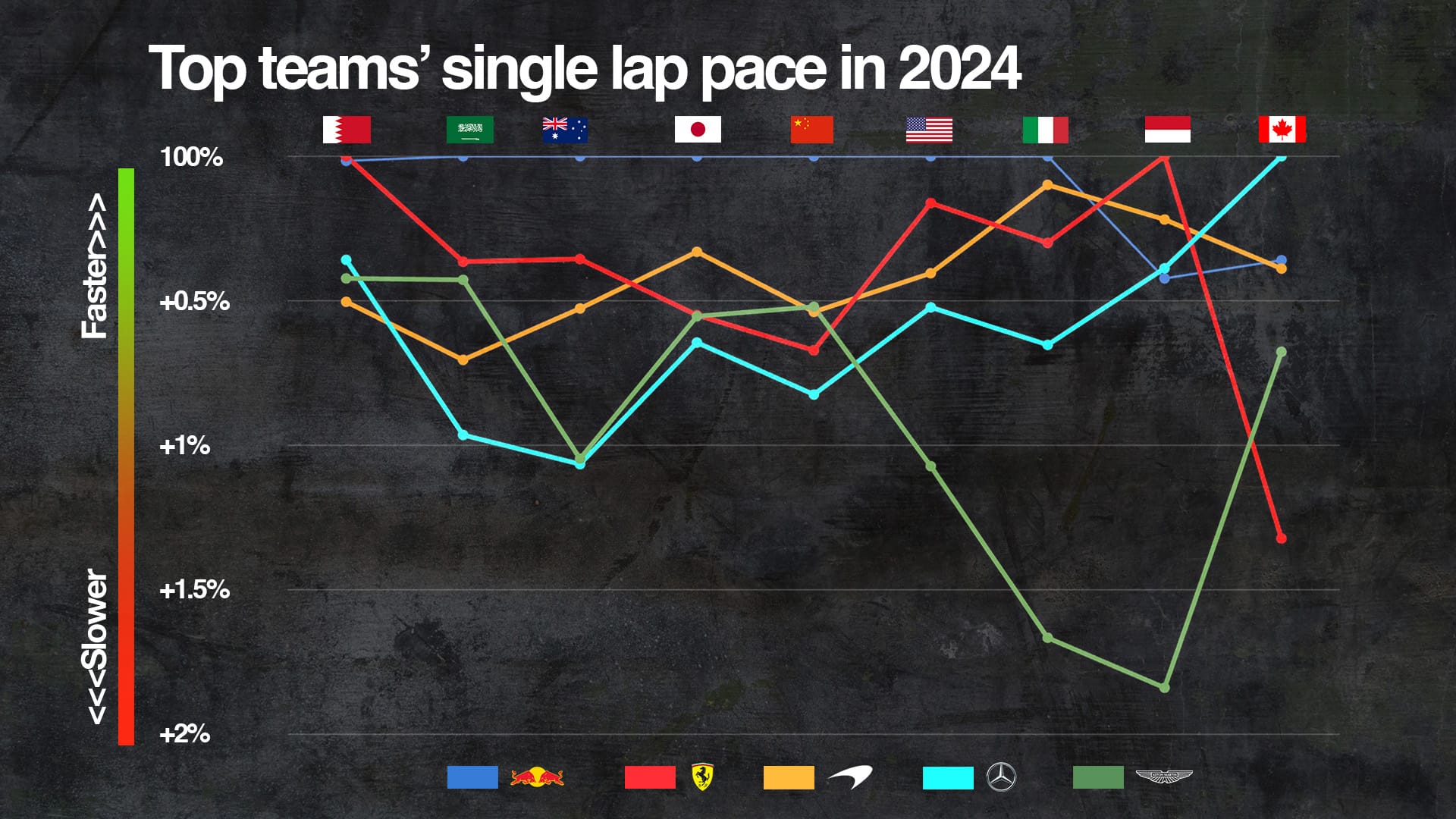
“The team has been consistent in being competitive, despite the variation of track, conditions and so on, which is something that you never can take for granted,” Stella said after Norris just fell short of winning the Canadian GP.
“Ultimately, we ideally should make the car a little bit faster, and then be in condition to chase the victory independent of the conditions on track or the track characteristics.
“We're still not in a position where we can gain the victory out of outright performance.”


